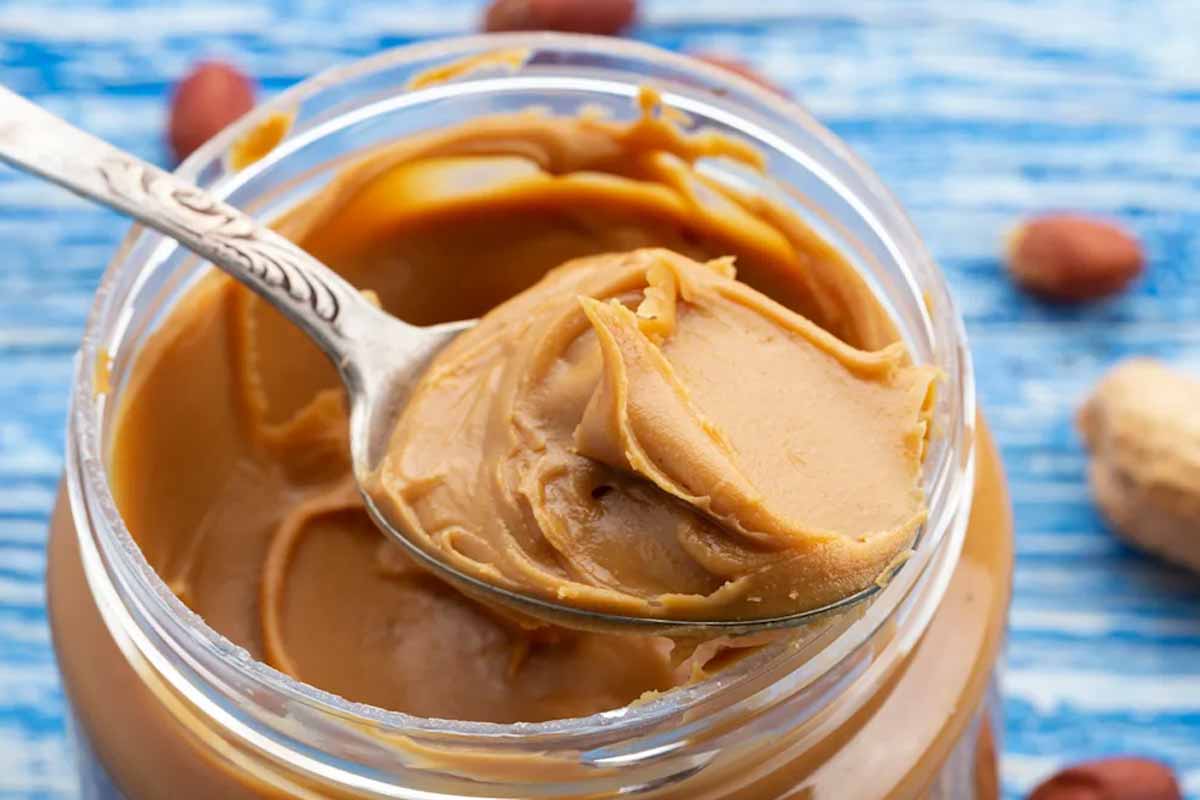Peanut butter shelf life isn’t something most of us ponder until a spoon hits the bottom. We buy a jar, forget it for weeks, then wonder if it’s still friendly. I’ve been there, tapping the lid and doing the sniff test. Let’s make it easy, practical, and a little tasty along the way. Your pantry should feel confident again.
Processed vs. natural, plain talk
If you love peanut butter, you already have a type that feels right. Maybe it’s childhood-smooth and sweet, maybe it’s rugged and natural. These two behave differently on the shelf, and that matters. Processed brands usually include sugar, salt, and stabilizers like hydrogenated oils. Those extras keep the texture uniform and slow down separation. Natural jars stick to peanuts and maybe salt. The oil rises, the texture shifts, and that’s normal. Stir, don’t worry. Because the recipe is simpler, the clock runs faster. Think of it like fresh bread versus packaged loaves. Both are delicious. They just age at different speeds, which affects peanut butter shelf life during everyday use.
Peanut butter shelf life
Let’s talk timing you can trust without pulling out a lab coat. Once opened, processed peanut butter holds quality in the pantry three to six months. Stash it in the fridge and you can stretch it to about nine months. Natural peanut butter lives a shorter life on the counter around three weeks. Slide it into the fridge and you’ll usually get up to two months. Freezing works for natural jars if you need a longer runway. Spoon portions into smaller containers, label them, and freeze for about six months. Thaw in the refrigerator until spreadable. Always peek at the label, since some brands nudge you toward chilling after opening. That small line of text still calls the shots. It’s the simplest way to protect peanut butter shelf life without turning storage into a chore.
Spot the off jar
Peanut butter rarely grows mold in normal conditions, yet it can go wrong. Your senses are good tools here. Start with a look. If you see mold or strange discoloration, say goodbye. Processed peanut butter can show unusual pools of oil when it’s past its prime. Natural jars always separate, so focus on extremes: rancid smell, weird color, or gritty clumps that don’t smooth out. Give it a cautious sniff. Fresh peanut butter smells warm and nutty. Rancidity hits sharp and waxy, like old crayons. Taste a dot if the aroma passes. If it’s bitter or stale, skip the toast. Texture tells a story too; when it dries into stubborn paste, that’s quality slipping. When in doubt, toss it. Your health matters more than one sandwich. A little vigilance extends peanut butter shelf life and saves you from a sad breakfast.
Smart storage habits
Great storage isn’t fancy. It’s consistent. Keep the lid tight, always. Air and pantry odors sneak in and mess with flavor. Reach for clean knives, not the jam-slick one from your last bite. Cross-contamination speeds up spoilage and invites trouble. Heat is the enemy here. Don’t park jars near the oven or the sunny window that turns bread to toast. A cool, dry cabinet keeps things steady. The fridge slows oxidation, especially for natural styles, though it can firm the spread. If you like it soft, refrigerate and then warm a portion on the counter for a few minutes. Stir natural peanut butter from the bottom up before chilling. That simple ritual prevents a dry lower half and pools up top. Small habits like these quietly boost peanut butter shelf life, no chemistry set required.
Make it last, enjoy it more
Once you’ve stored it right, put the jar to work. Spread it on toast, swirl it into oatmeal, or blitz creamy smoothies that taste like dessert. Whisk a quick sauce with soy, lime, and ginger for noodles that wake up a Tuesday. Bake cookies that disappear before they cool. Feeling playful? Channel Elvis with peanut butter, banana, and crisp bacon. Sweet meets salty, and the grin is instant. If a jar lingers, portion it into smaller containers so you’re opening less at once. Less exposure means happier flavor. Buy sizes that match your pace, not your optimism. Date the lid with a marker, then relax. You don’t need a spreadsheet—just a friendly reminder. Share a jar with a neighbor if your pantry is crowded. Food tastes better with company. With a little strategy, peanut butter shelf life aligns with your actual life, not the other way around.
